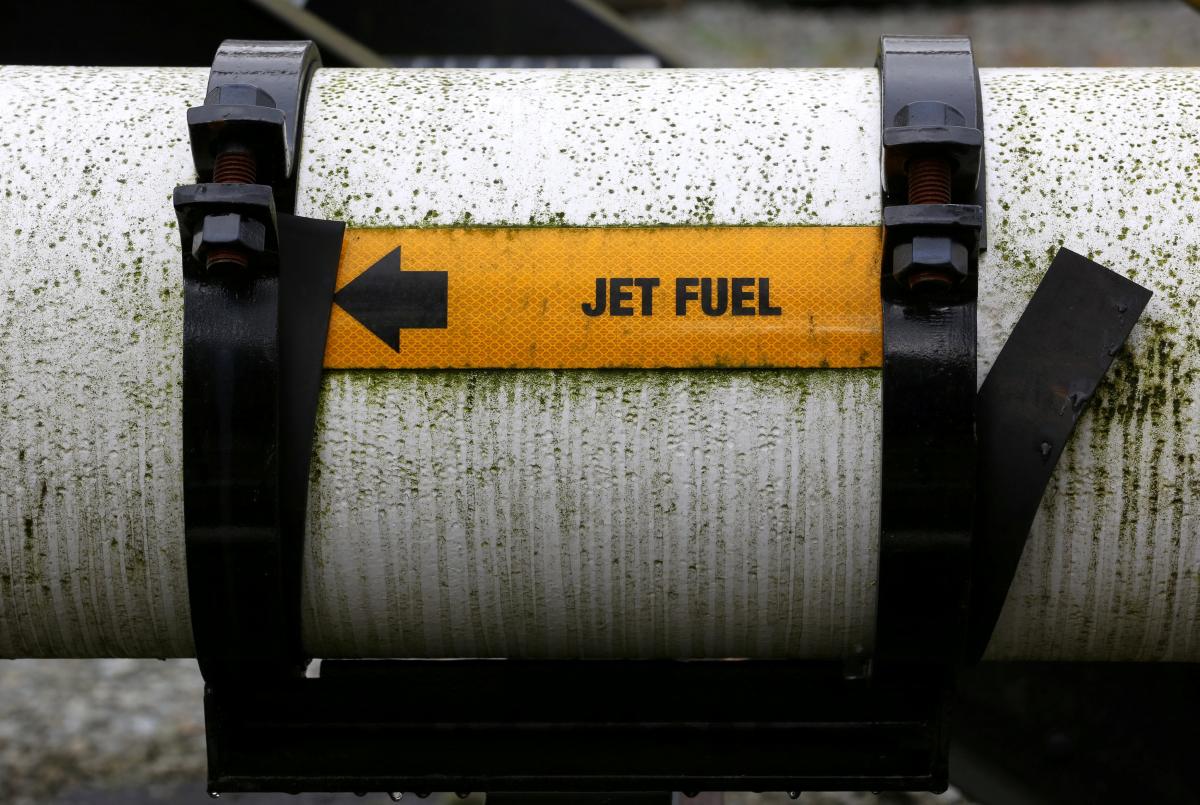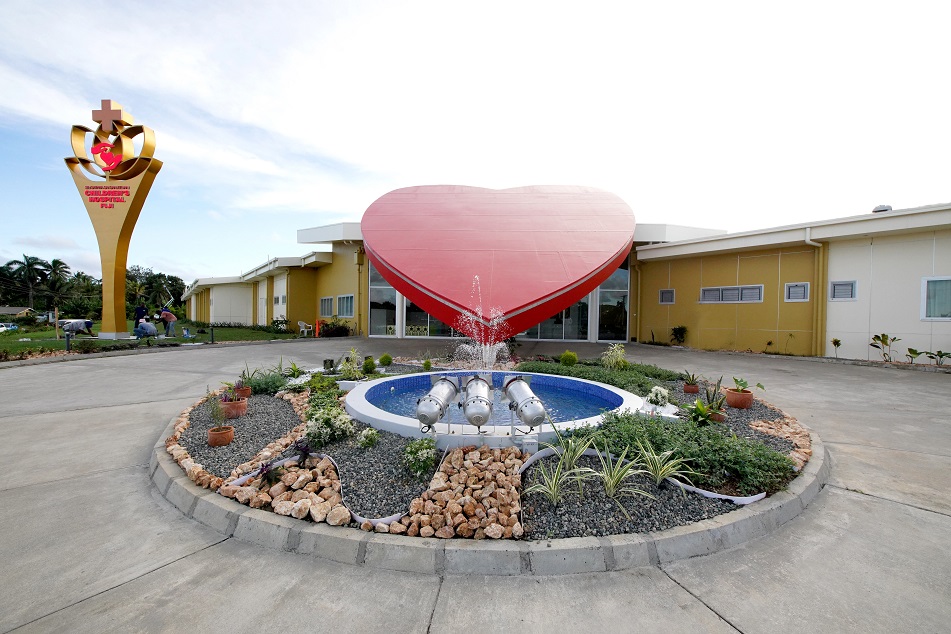SYDNEY – Airline executives are gathering in Sydney’s winter chill under the shadow of higher oil prices and a string of accidents after enjoying a near-spotless 2017 in terms of profits and safety.
The annual meeting of the International Air Transport Association (IATA), with 130 CEOs and 1,000 delegates, will kick off on Sunday, and worries that a three-year run of unusually high returns might end are in the spotlight.
Meeting host Qantas Airways Ltd, led by outspoken Irish-born CEO Alan Joyce, has to many embodied the industry’s turnaround.
The Australian airline, nicknamed the “Flying Kangaroo,” swung from a record loss in 2014 to forecast a record profit in the financial year ending June 30 as it cut costs, boosted revenue and benefited from lower oil prices. Shares have risen six-fold since late 2013.
But now, like other carriers, it is grappling with the return of $80 a barrel oil, rising airport charges and a global pilot shortage that has led it to cancel flights and invest A$20 million ($15.13 million) in a new training school.
IATA, which represents about 280 airlines comprising 83 percent of global air traffic, in December predicted a record $38.4 billion of net profit for the airline industry in 2018, with $27.9 billion coming from US and European airlines.
That estimate, however, assumed an average oil price of $60 a barrel in 2018. An updated profit forecast to be issued on Monday will be lower, as the cost of oil, infrastructure and labor rises, IATA CEO Alexandre de Juniac told reporters in Sydney on Thursday.
“We have seen a rise in the fuel cost now for almost 15 months,” he said. “Usually you see an impact on fares 10 to 12 months after, but for the moment I have to say the fuel increase has not been passed on in fares.”
Major US airlines, the biggest of which have not hedged fuel costs, reported a 24 percent, or $600 million, decline in pre-tax profits in the quarter that ended March 31 compared with a year earlier as rising costs crimped margins, according to data from trade group Airlines for America.
Several major airline CEOs, notably in Europe, have warned that rising oil prices could put pressure on carriers in the northern hemisphere summer. That might lead to further consolidation or bankruptcies after the collapse of Air Berlin and Monarch Airlines last year.




